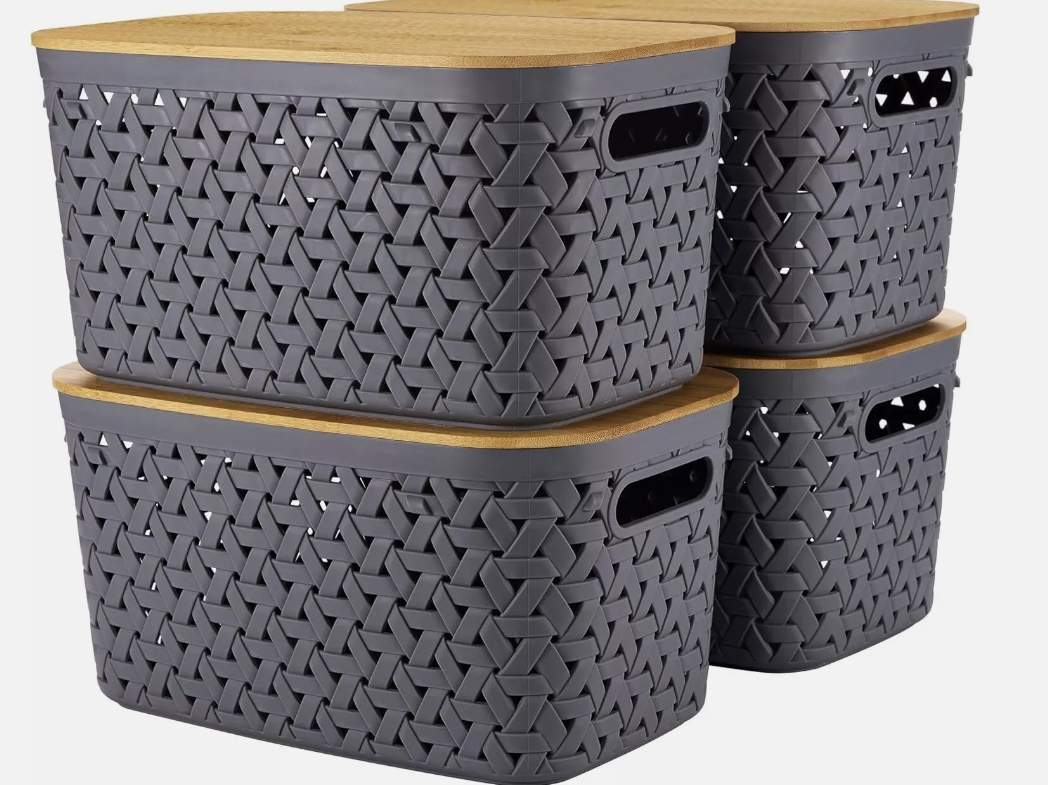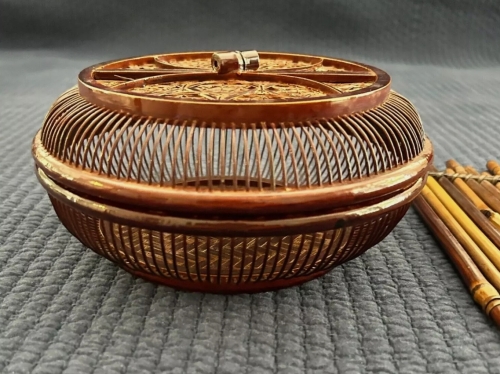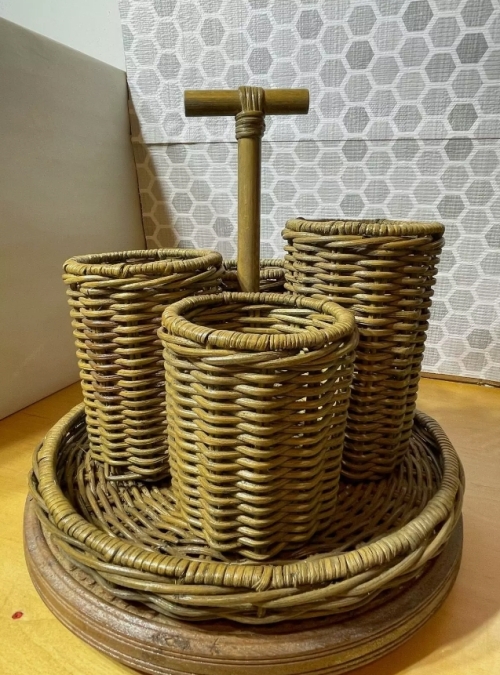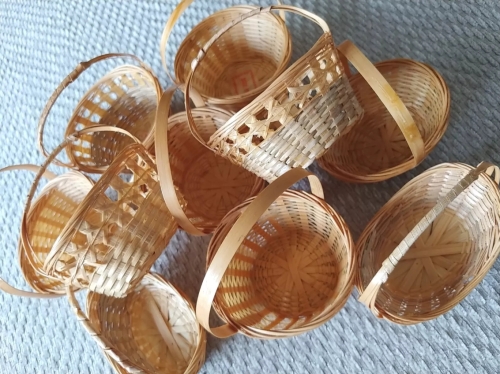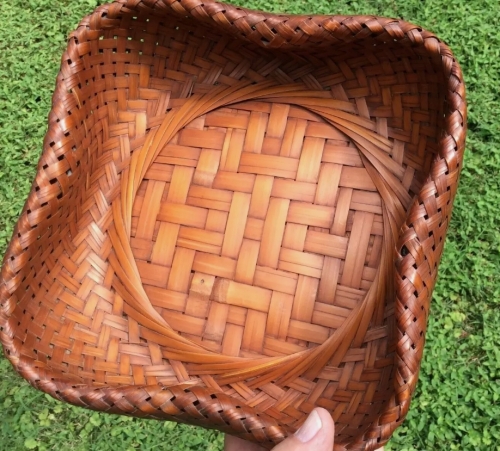Bamboo basket, as a traditional handicraft, carries rich cultural connotation and practical value. It not only plays an important role in the daily life of the countryside, but also gradually gives a new life in modern design, becoming a combination of aesthetic and practical.
First of all, the material of the bamboo basket, bamboo, has excellent toughness and portability. Bamboo grows quickly and is abundant in resources, so the cost of making bamboo baskets is relatively low. At the same time, bamboo breathability is good, not easy to mold, so that the bamboo basket can maintain a good dry environment when preserving food. This is one of the reasons why bamboo baskets are widely used in daily life in southern China. Farmers often use bamboo baskets to load fresh vegetables, fruits, and even crop harvests, which is convenient and environmentally friendly.
Artisans use weaving, knotting and other techniques to cleverly combine bamboo to form a delicate bamboo basket. These bamboo baskets are of different shapes, some simple and elegant, some beautifully decorated, showing the cultural characteristics of different regions and the technical level of artisans. For example, the bamboo baskets of Fujian Province are famous for their exquisite weaving and delicate craftsmanship. In these bamboo baskets, local history and culture are integrated, making each bamboo basket full of stories.
Into the modern society, the application of bamboo baskets continues to expand. Many young designers have combined the traditional craftsmanship of bamboo baskets with modern design concepts to create new types of bamboo baskets that are both practical and ornamental.

